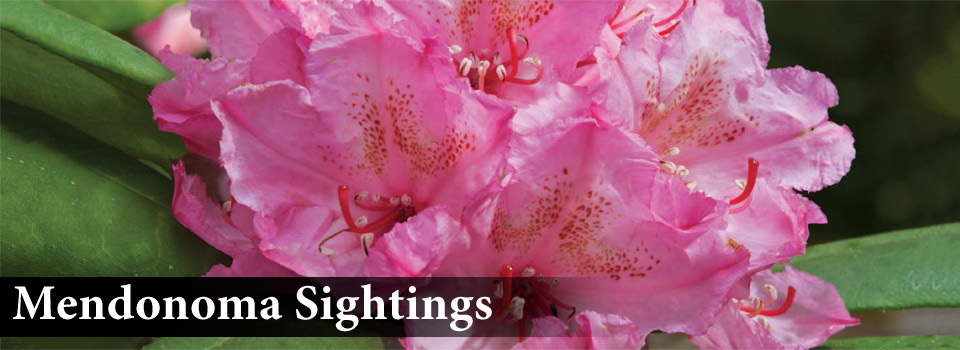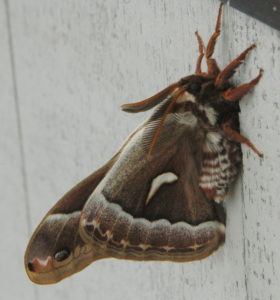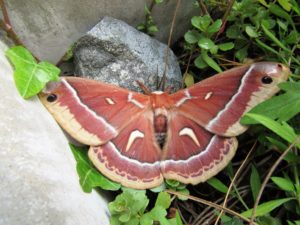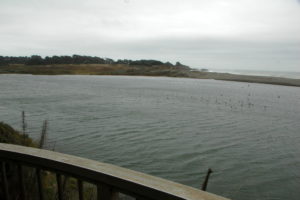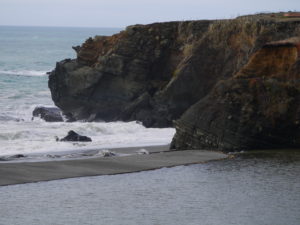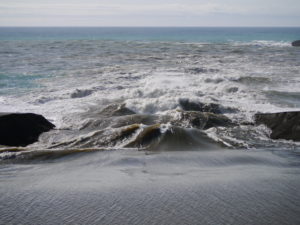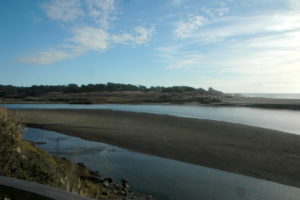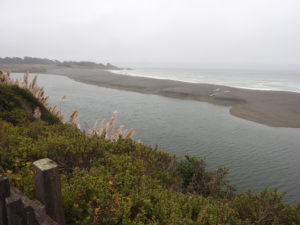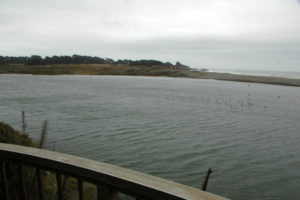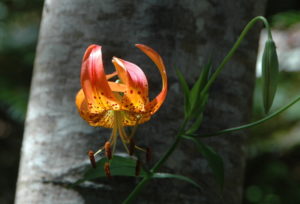Bob Rutemoeller spotted this lovely butterfly which had landed on one his wife's native plants. The butterfly posed for Bob, showing top and bottom views. It is a Lorquin's Admiral Butterfly.
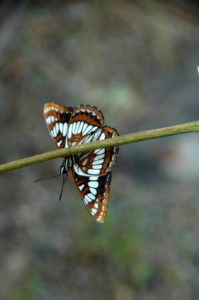
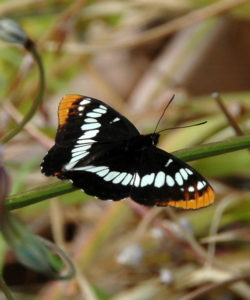 The host plant for these butterflies is willow. I purchased a wonderful waterproof booklet for butterfly identifications. It's titled Butterflies of Central and Northern California by Jim Brock. It shows the caterpillars of each butterfly too. I got mine at the Four-Eyed Frog Bookstore in Gualala. My favorite independent bookstore has a sale starting today...hint, hint! Here's a link to the Frog: http://www.foureyedfrog.com/
The host plant for these butterflies is willow. I purchased a wonderful waterproof booklet for butterfly identifications. It's titled Butterflies of Central and Northern California by Jim Brock. It shows the caterpillars of each butterfly too. I got mine at the Four-Eyed Frog Bookstore in Gualala. My favorite independent bookstore has a sale starting today...hint, hint! Here's a link to the Frog: http://www.foureyedfrog.com/
Thanks to Bob for allowing me to share his photos with you here.
